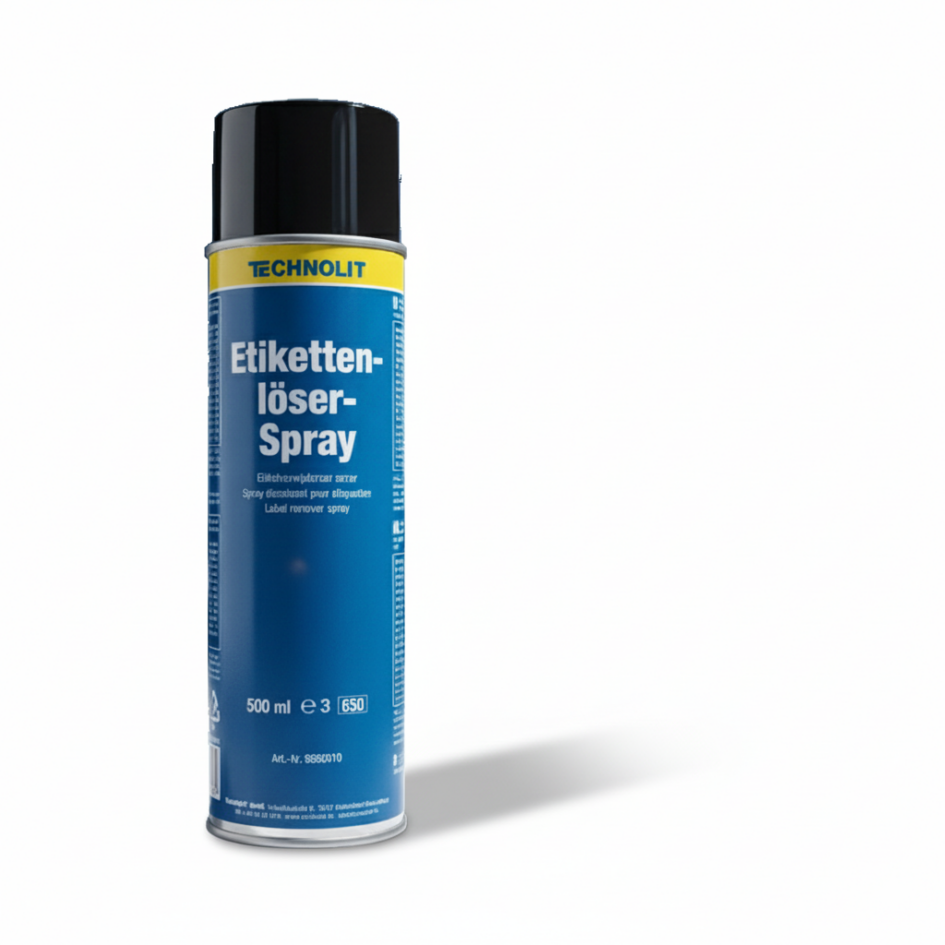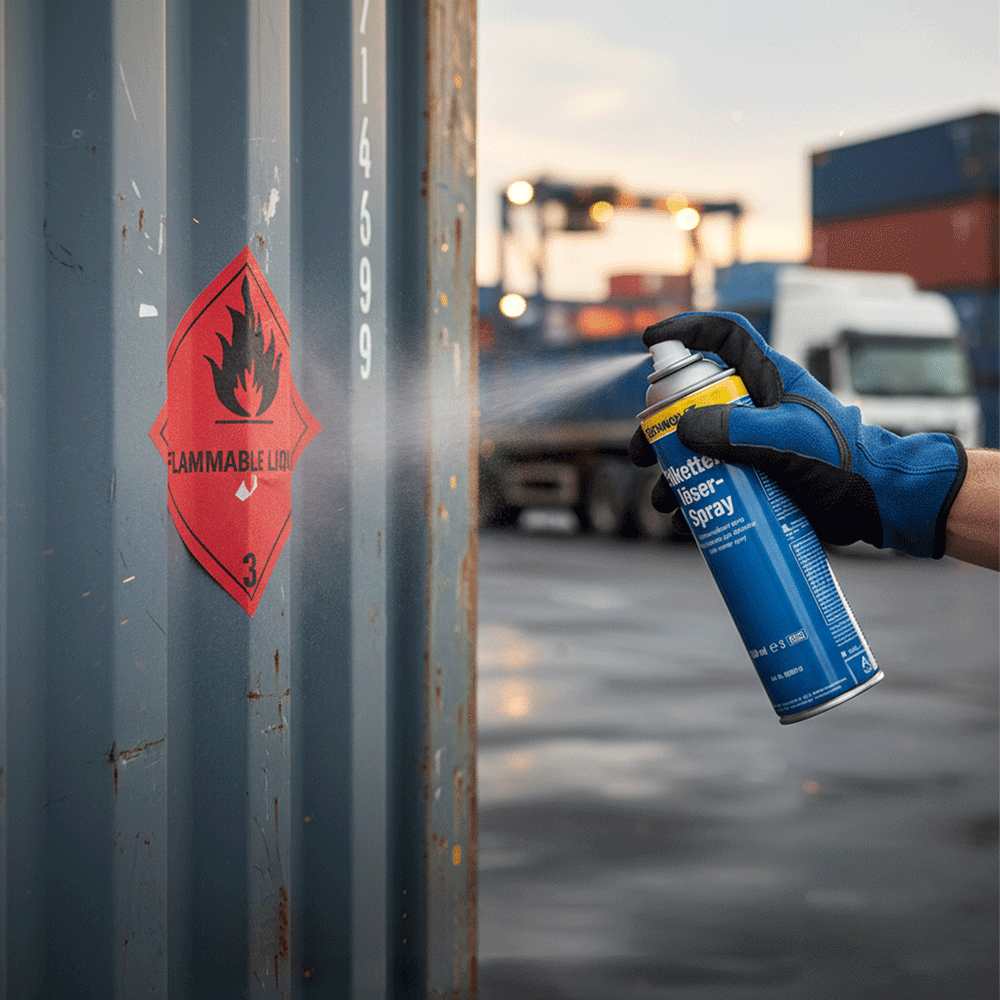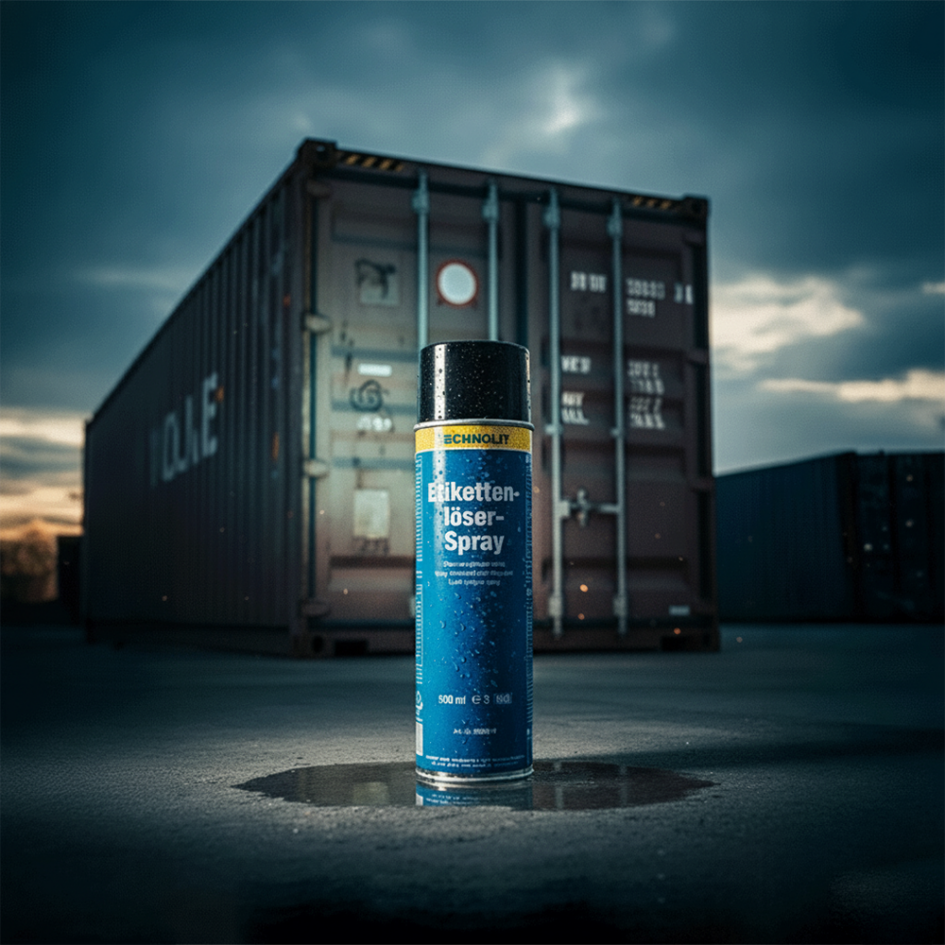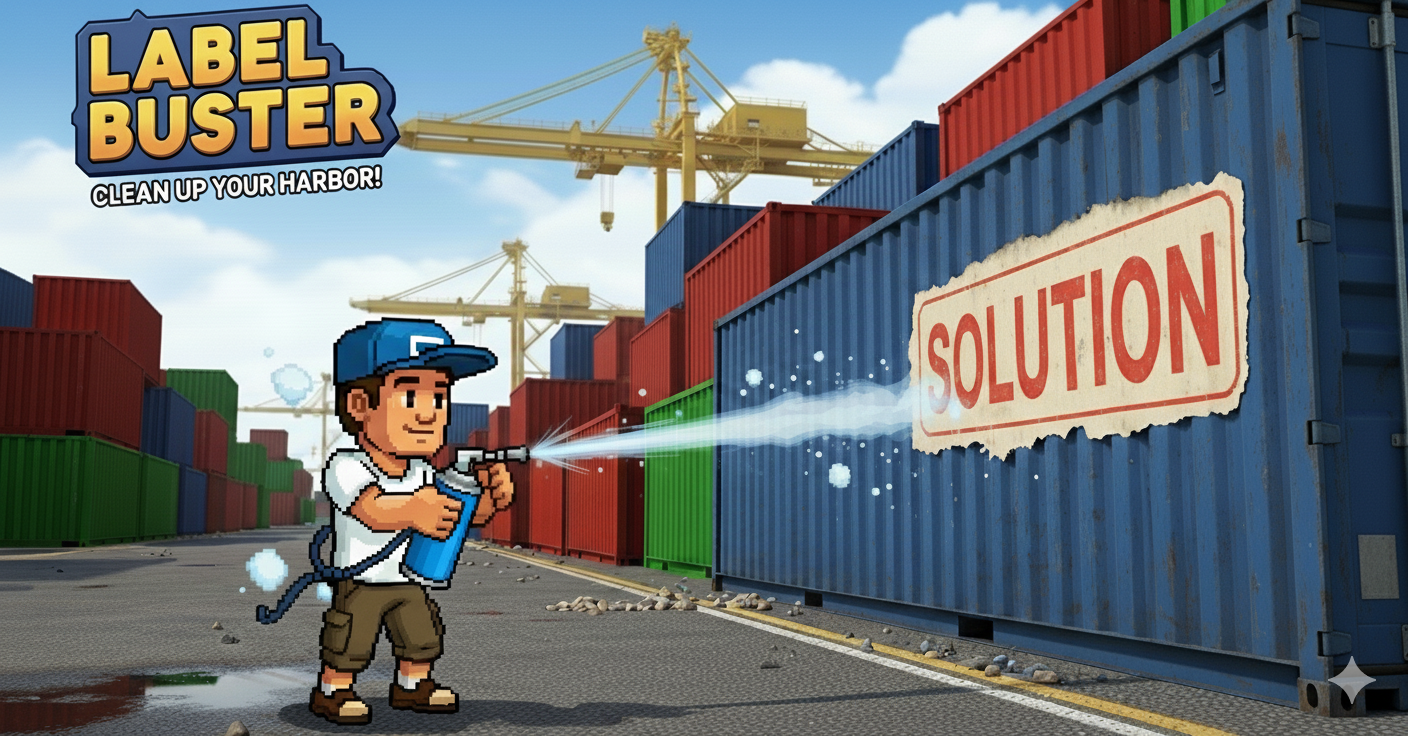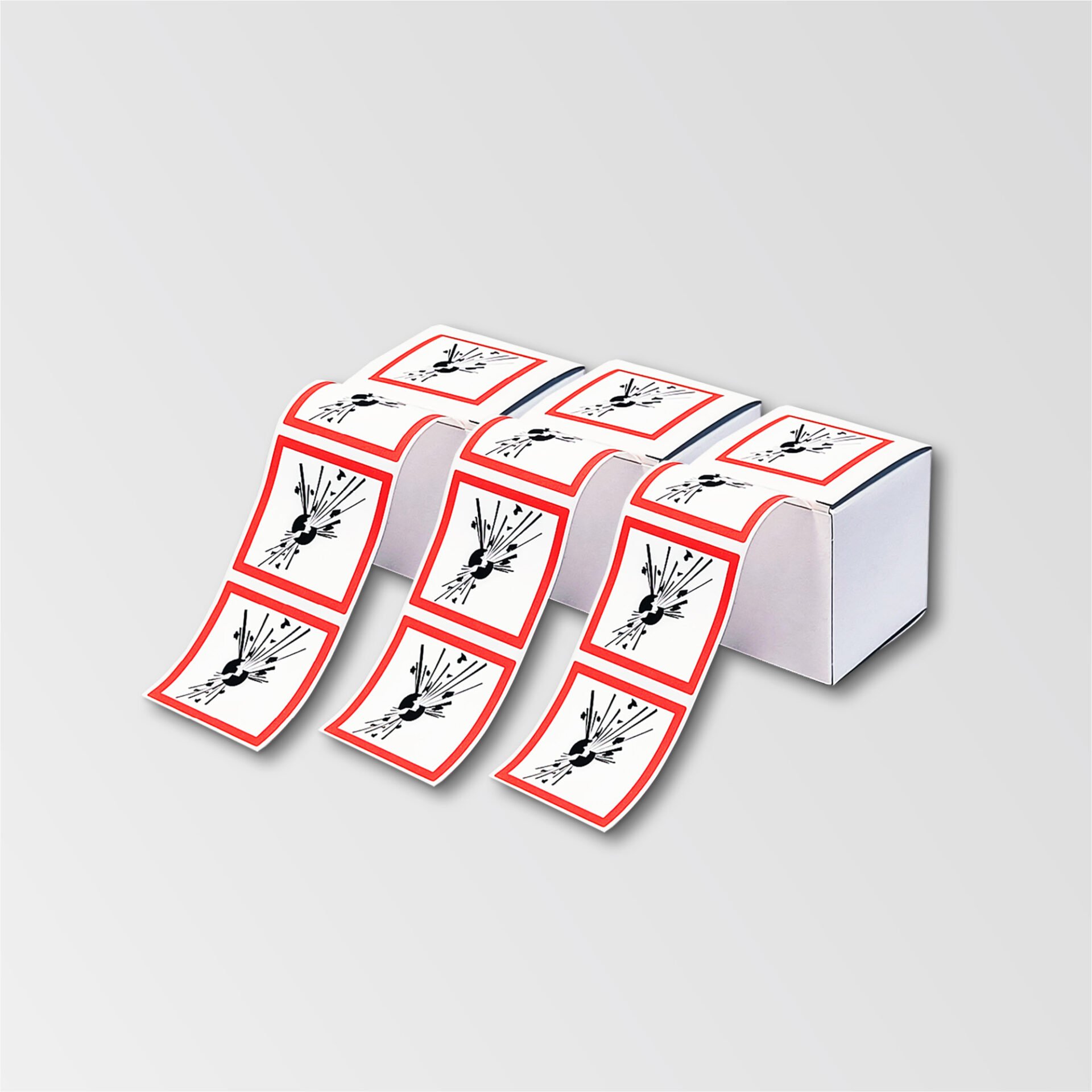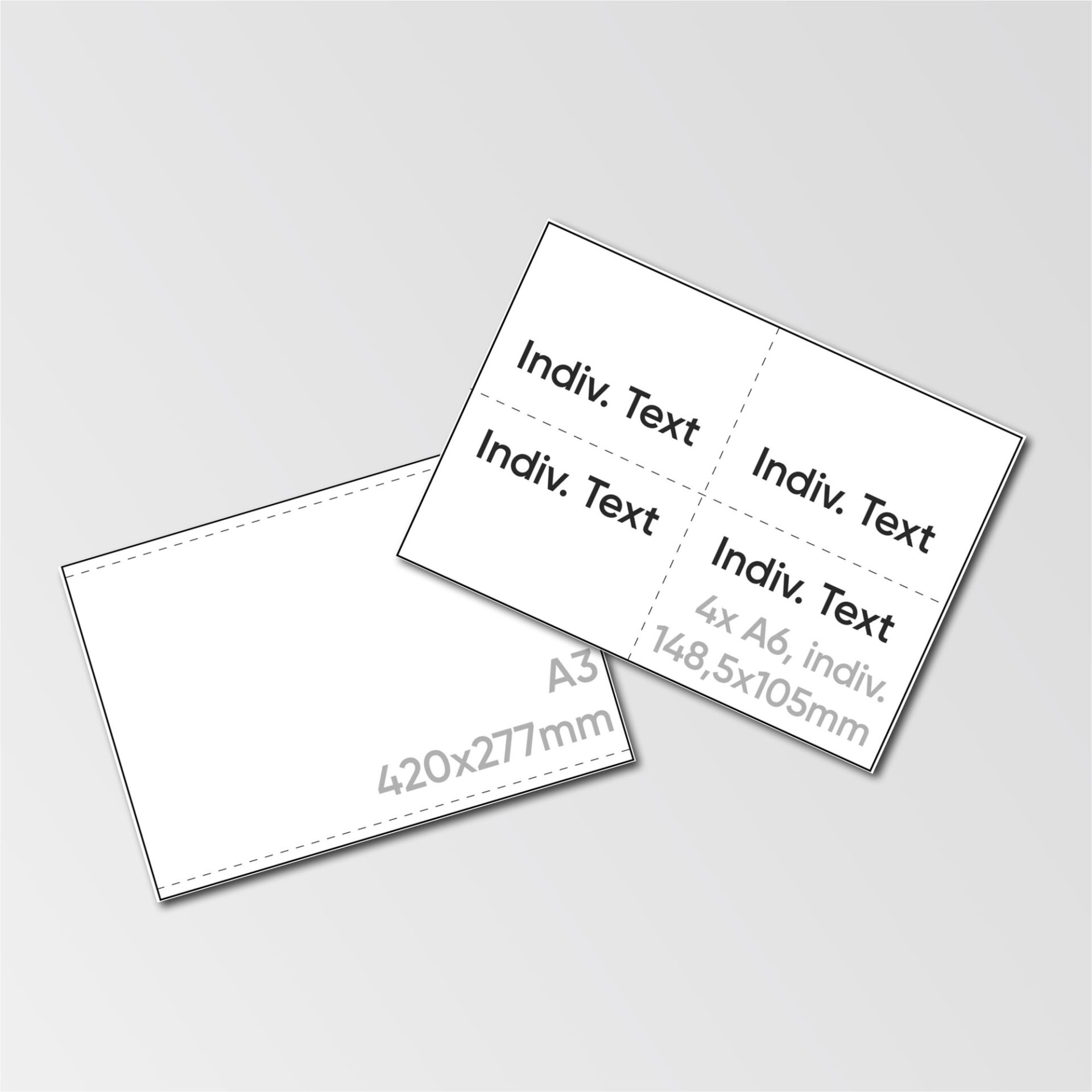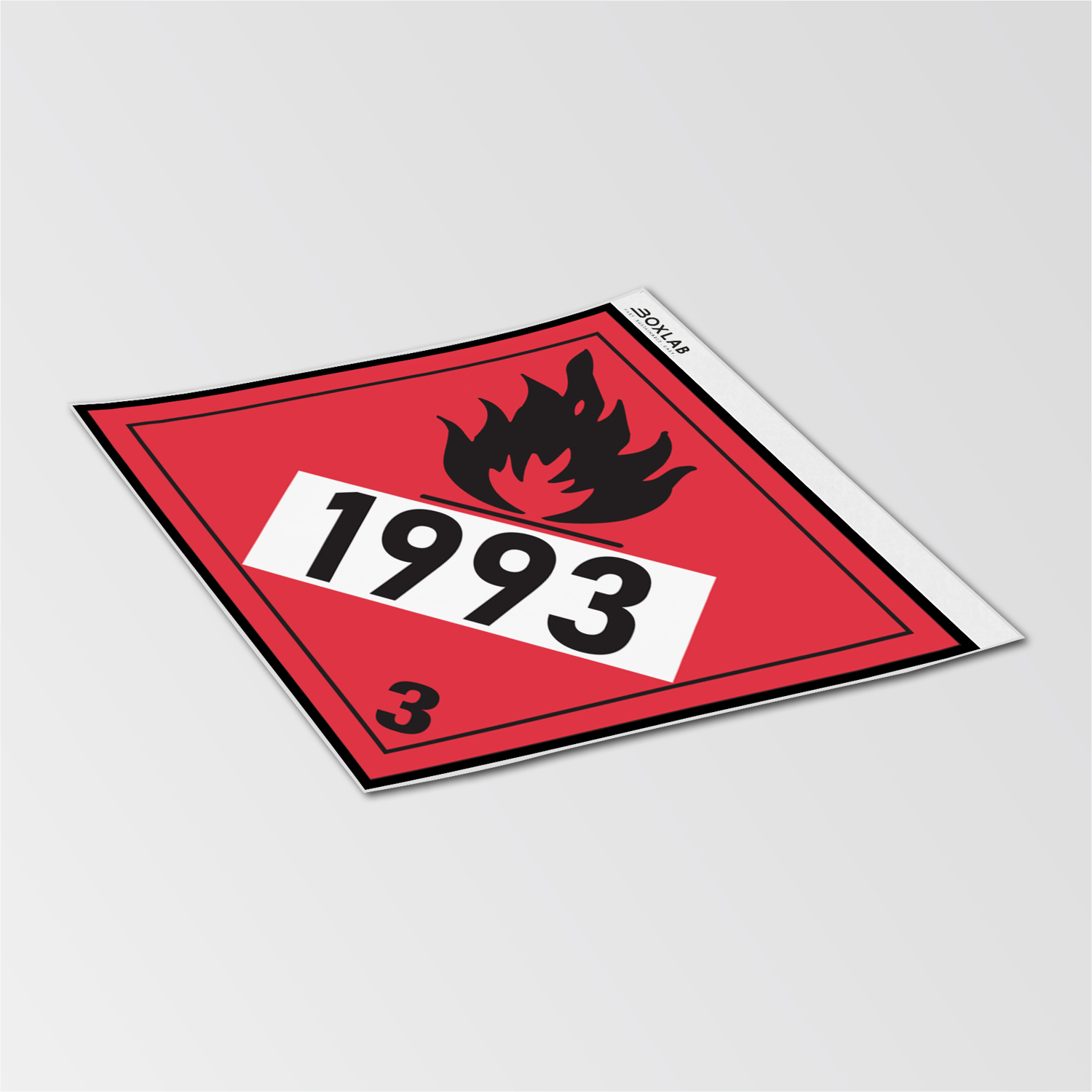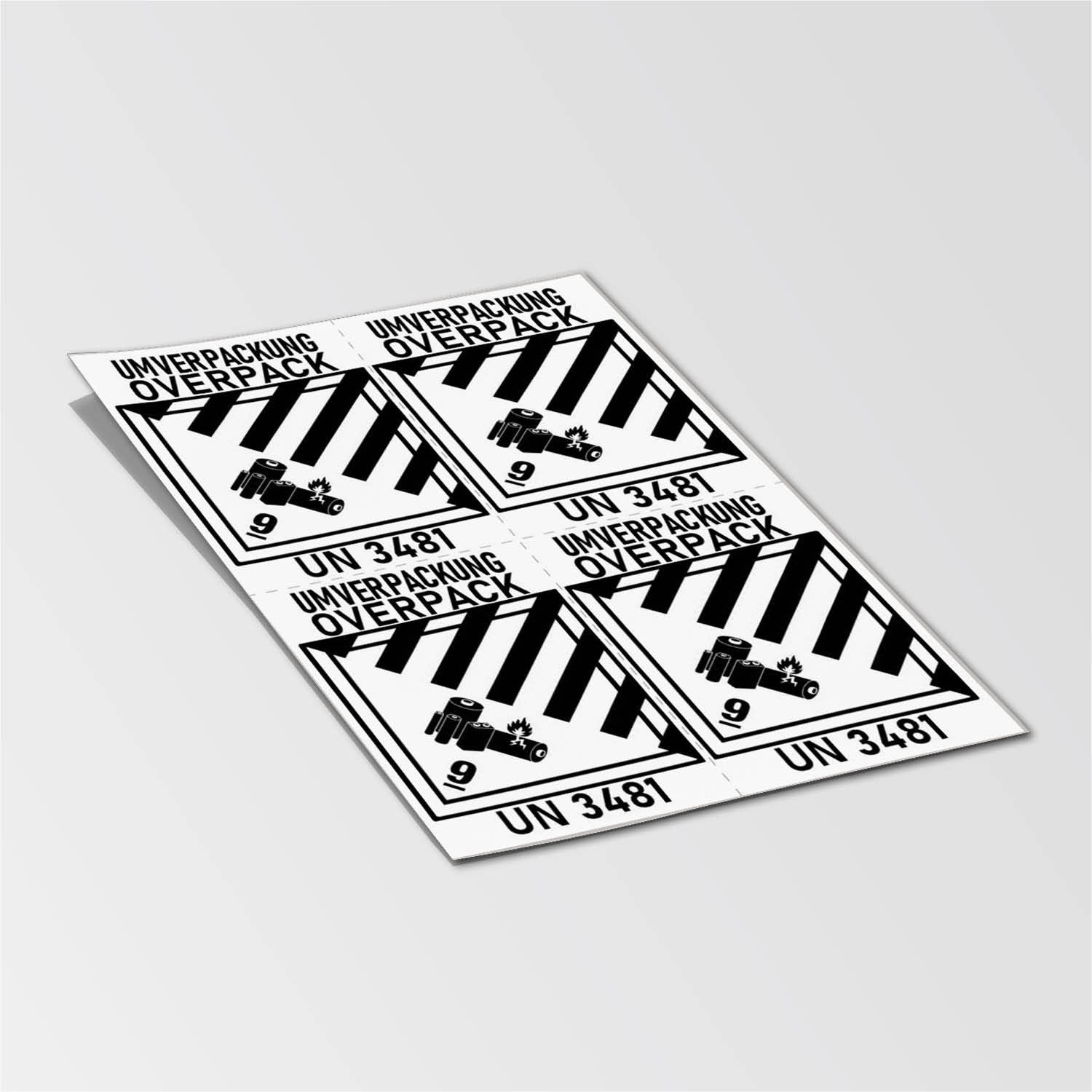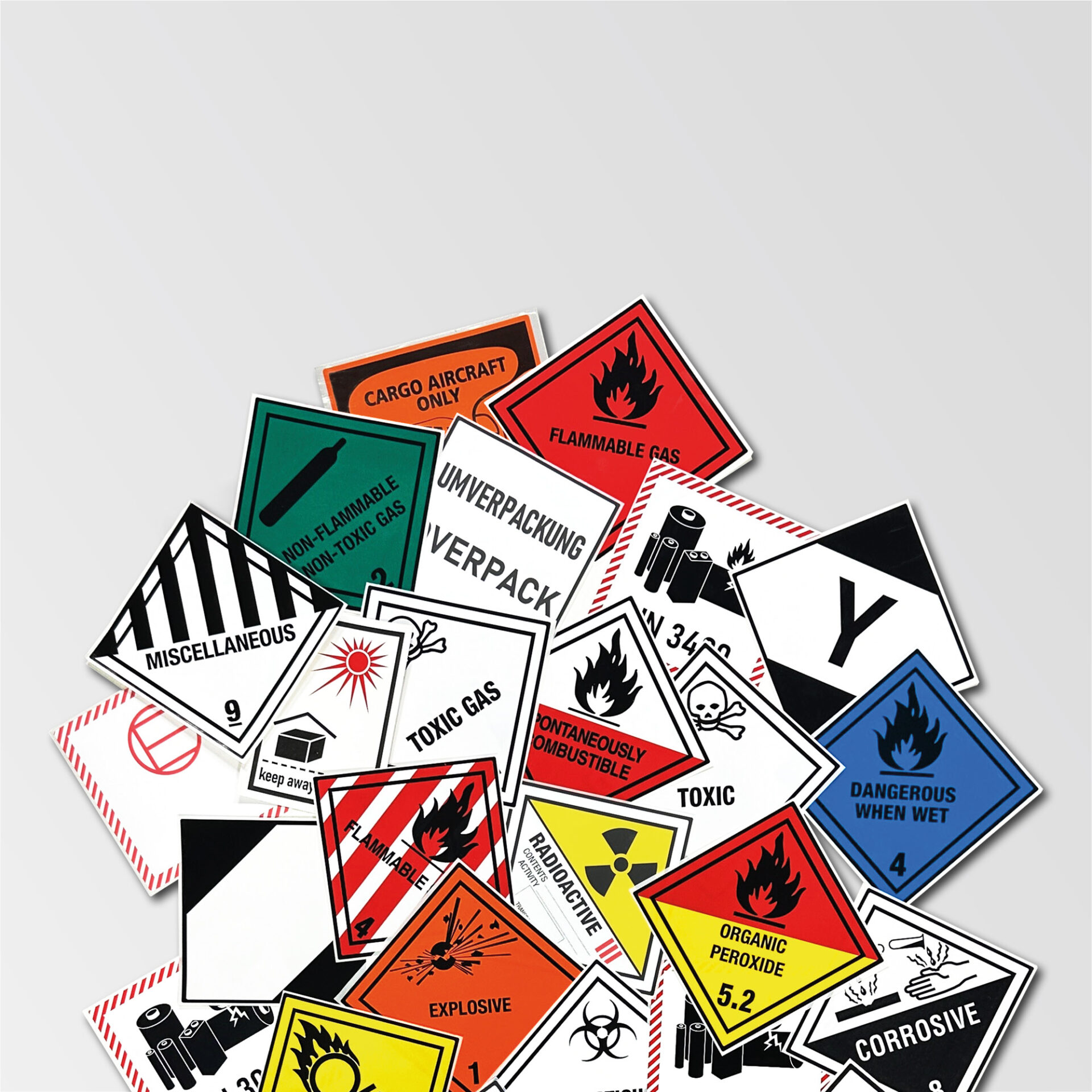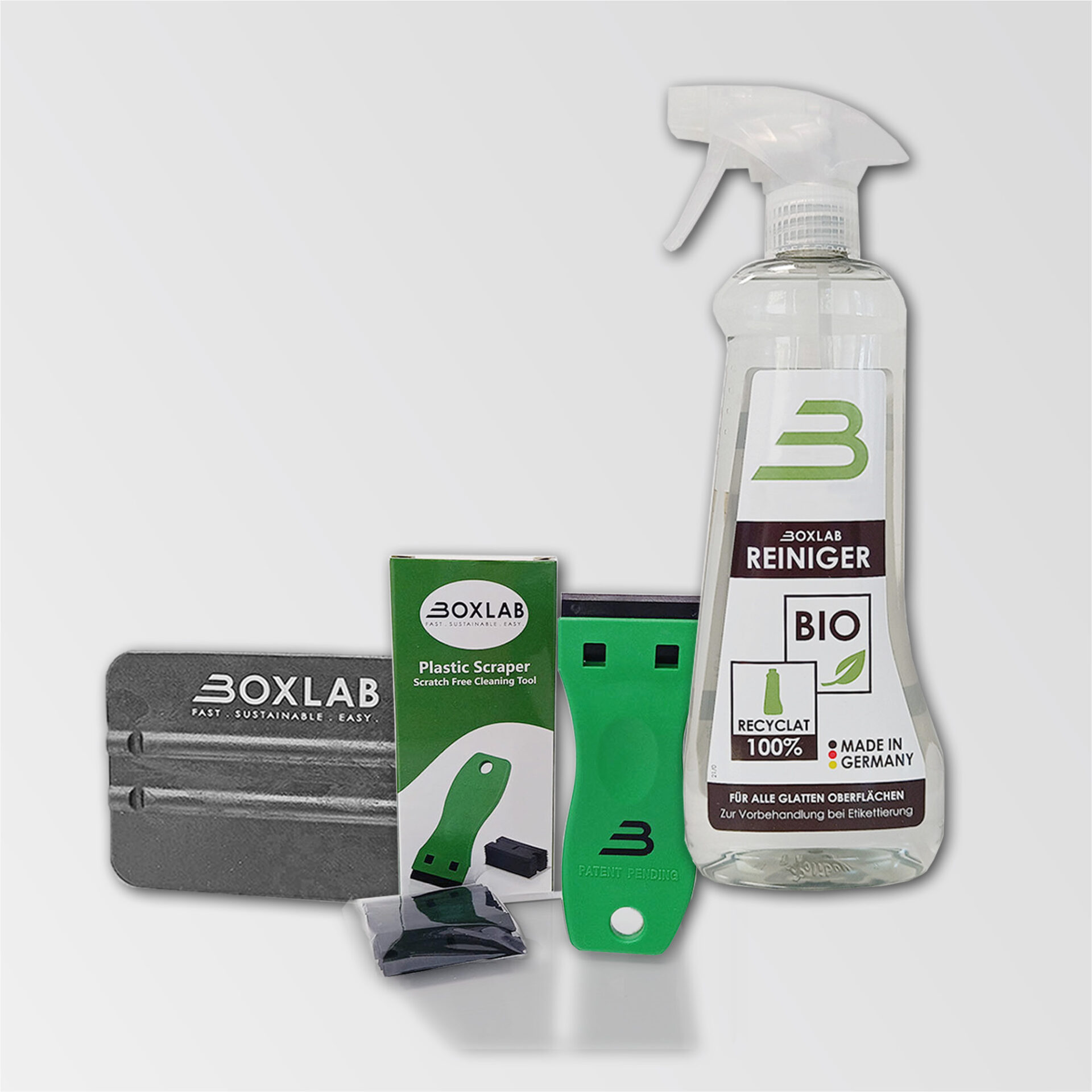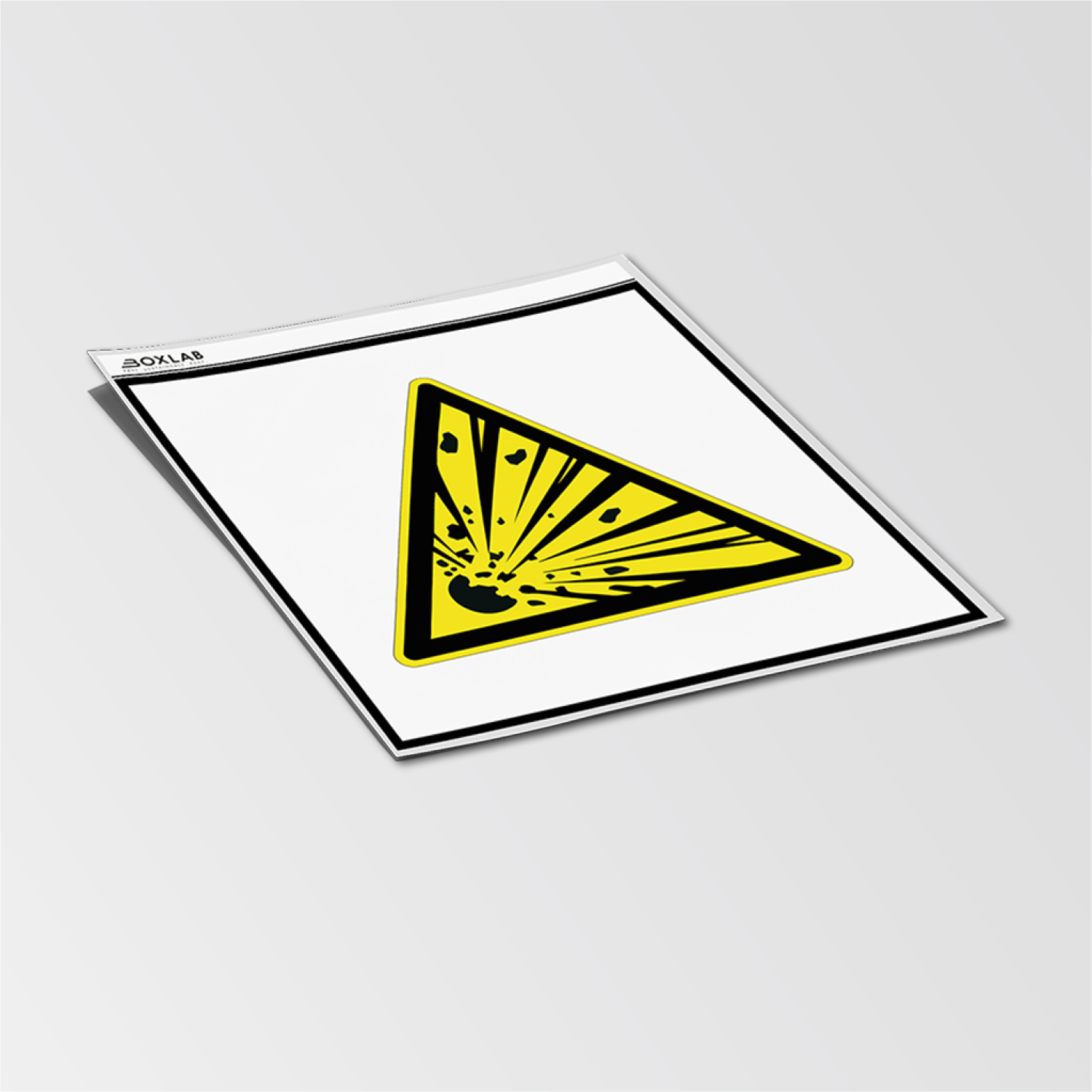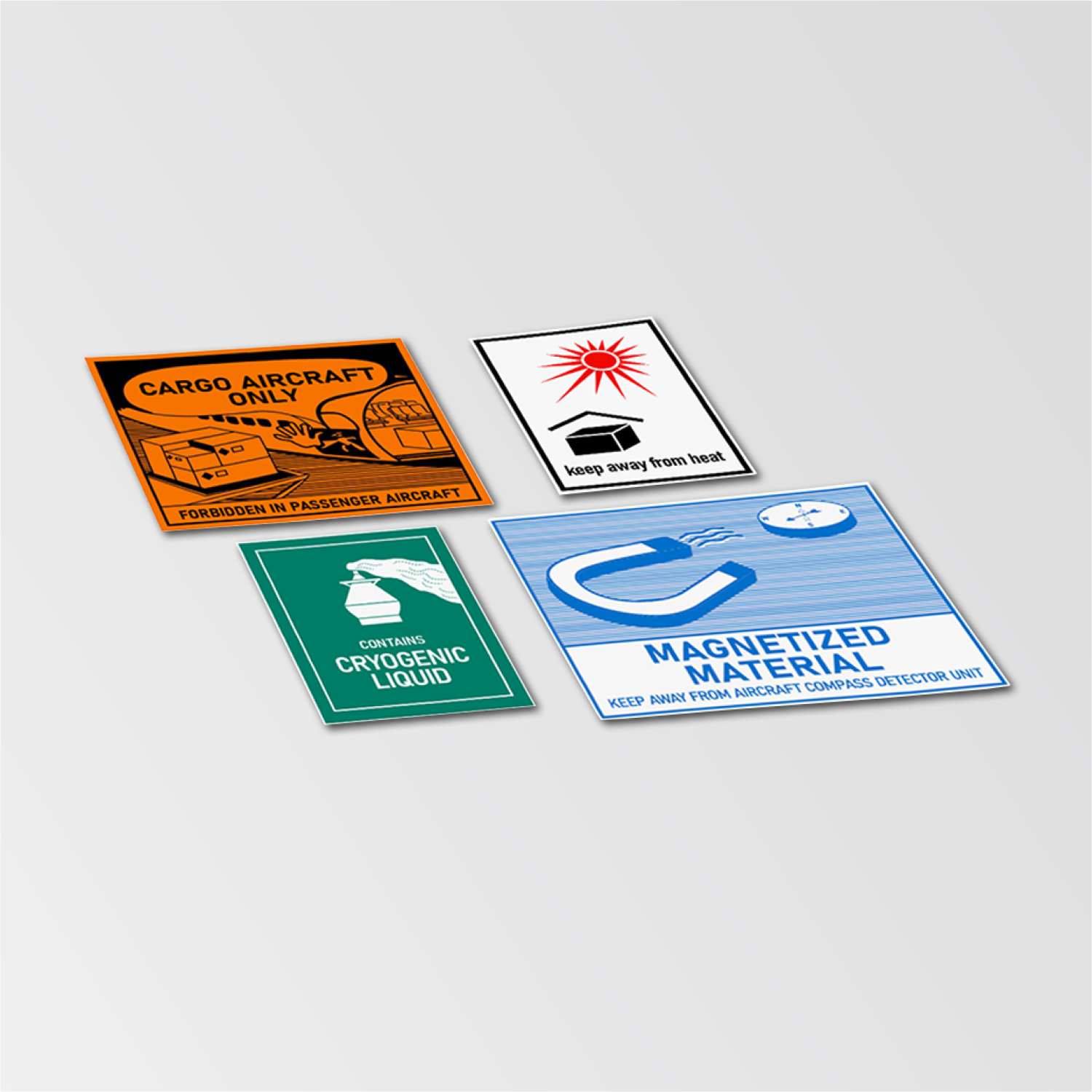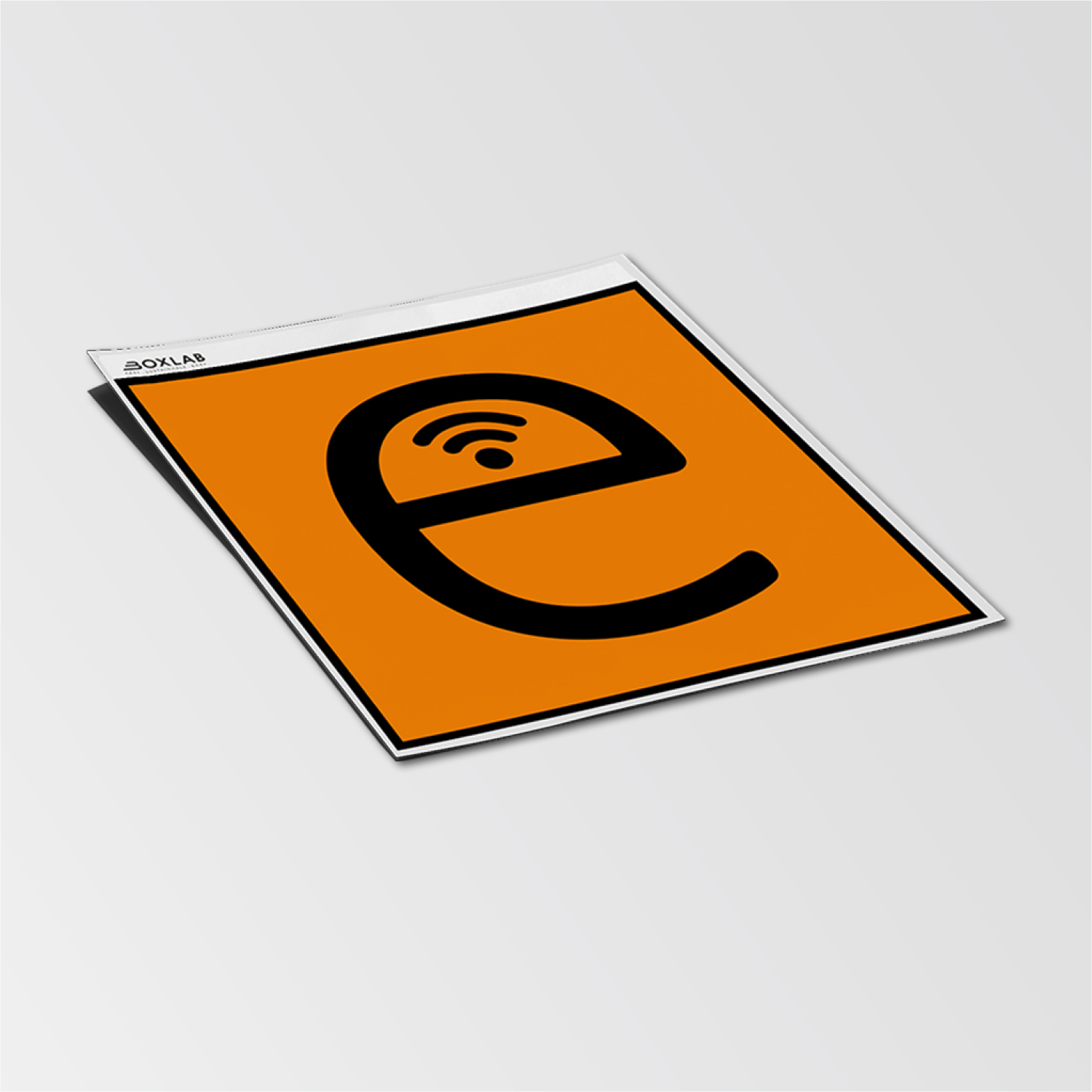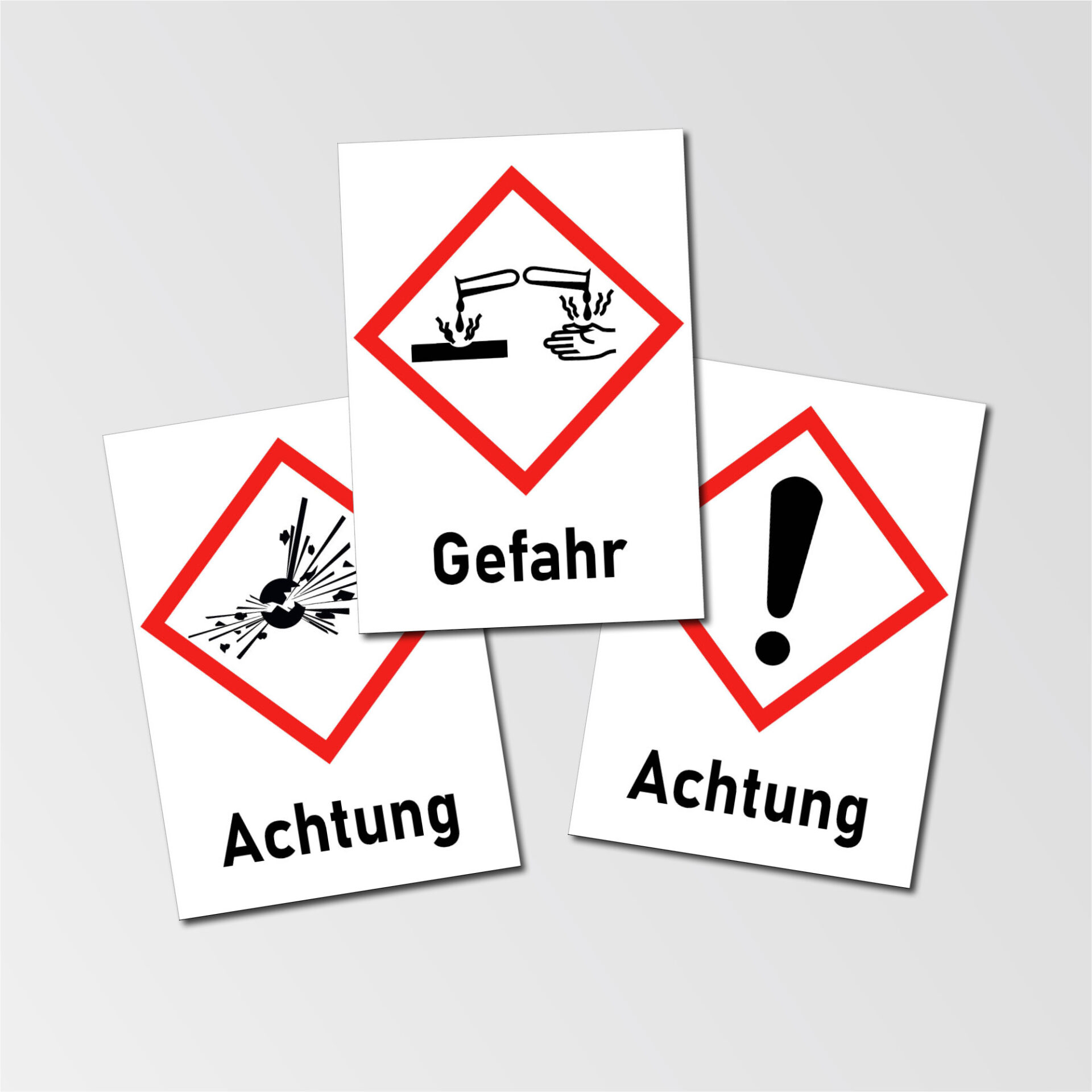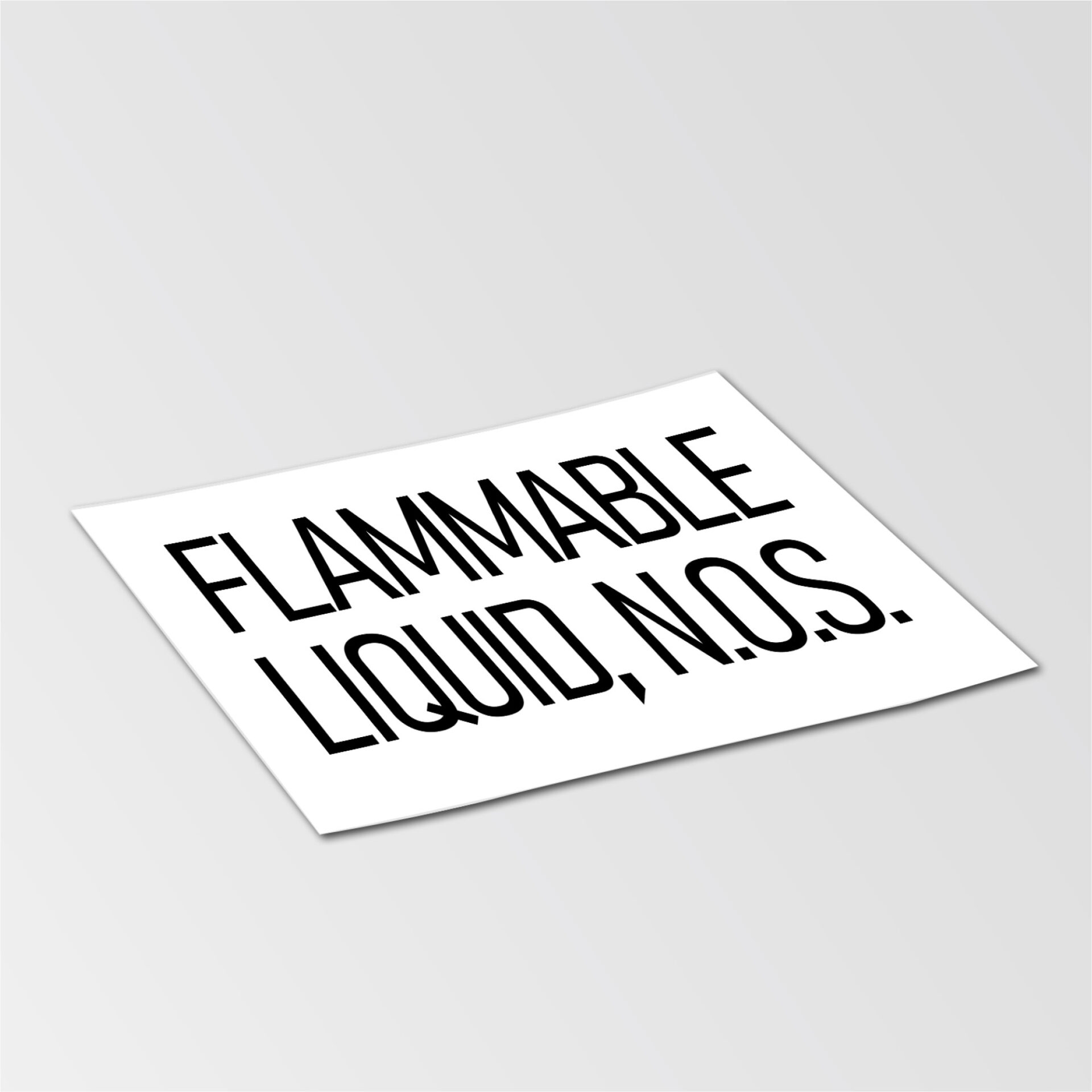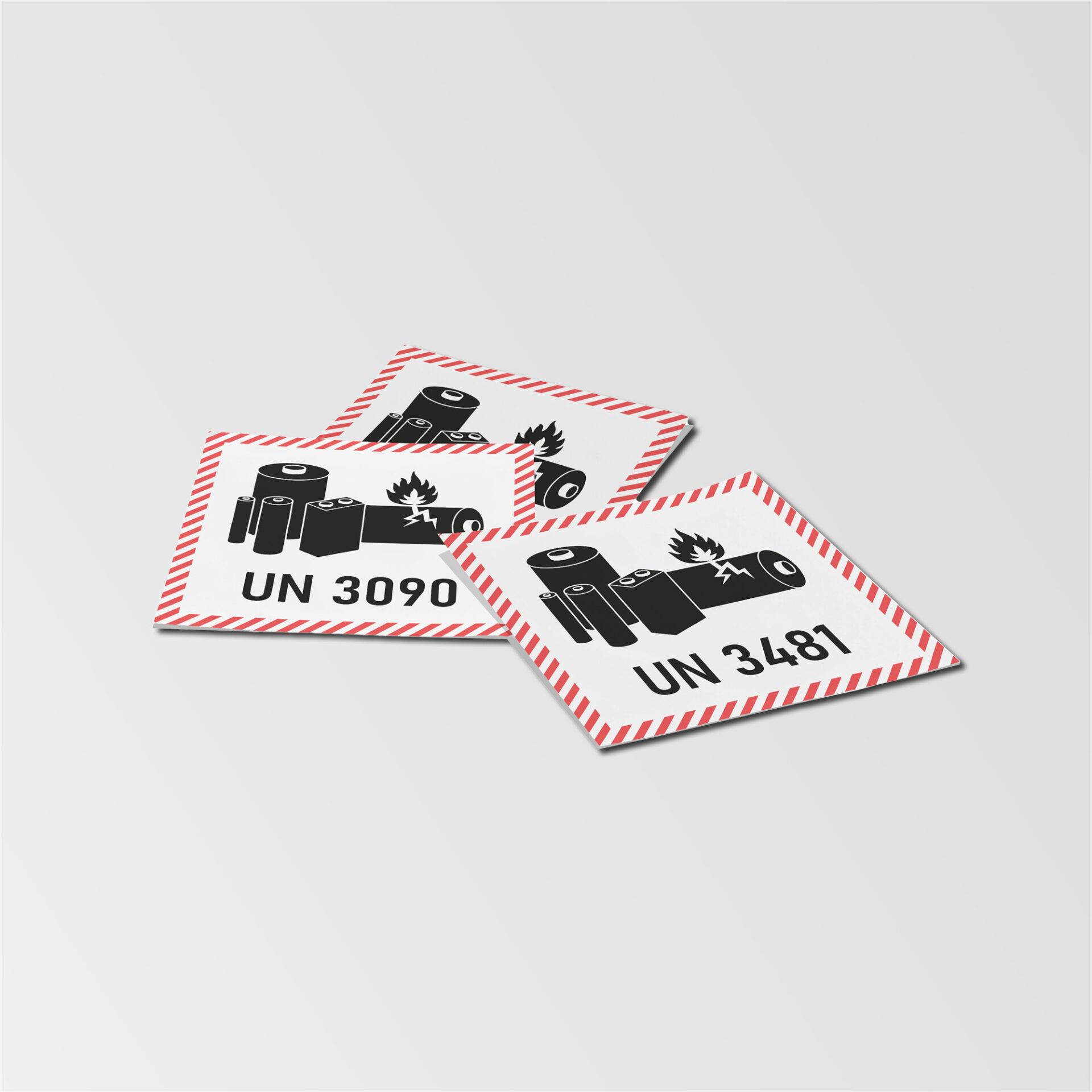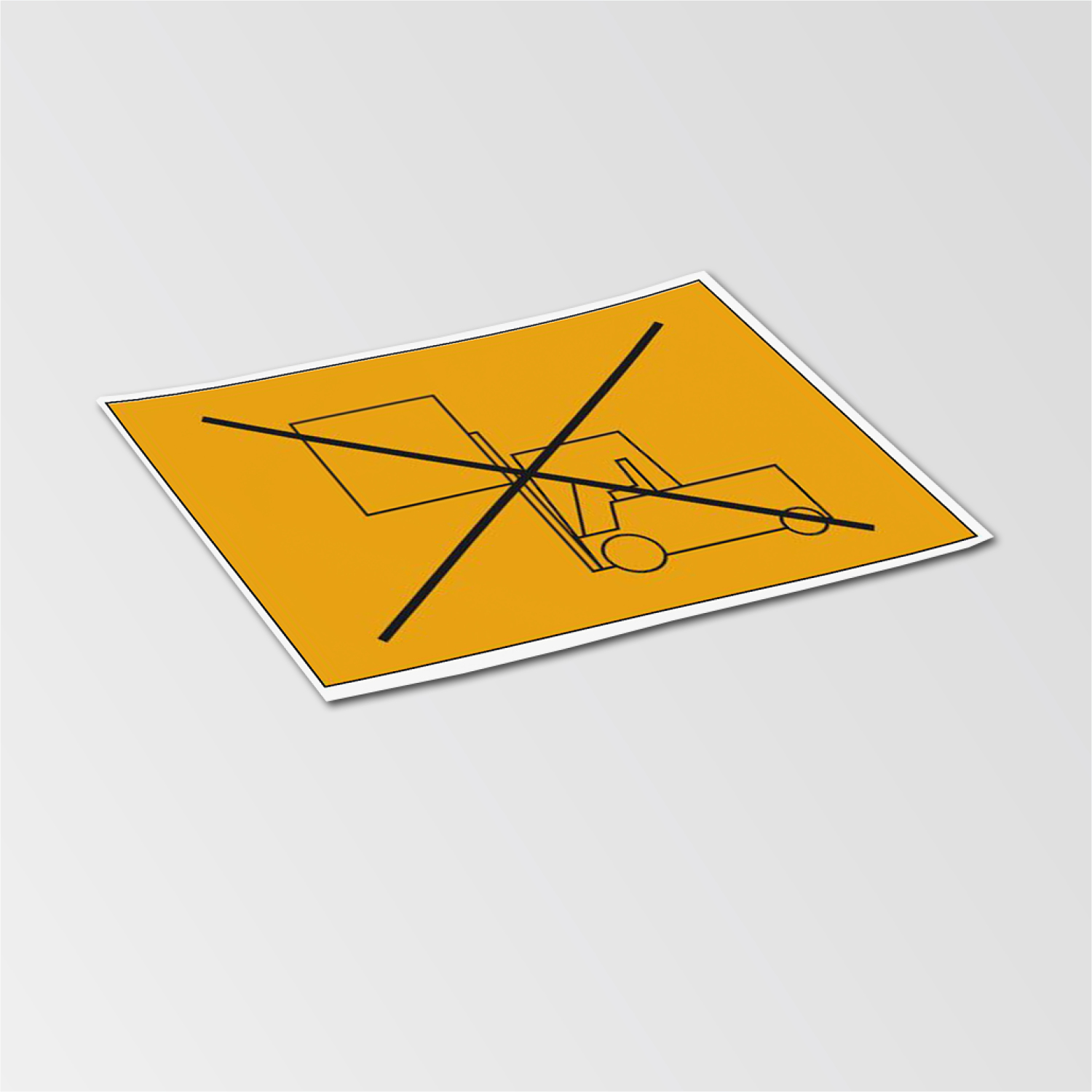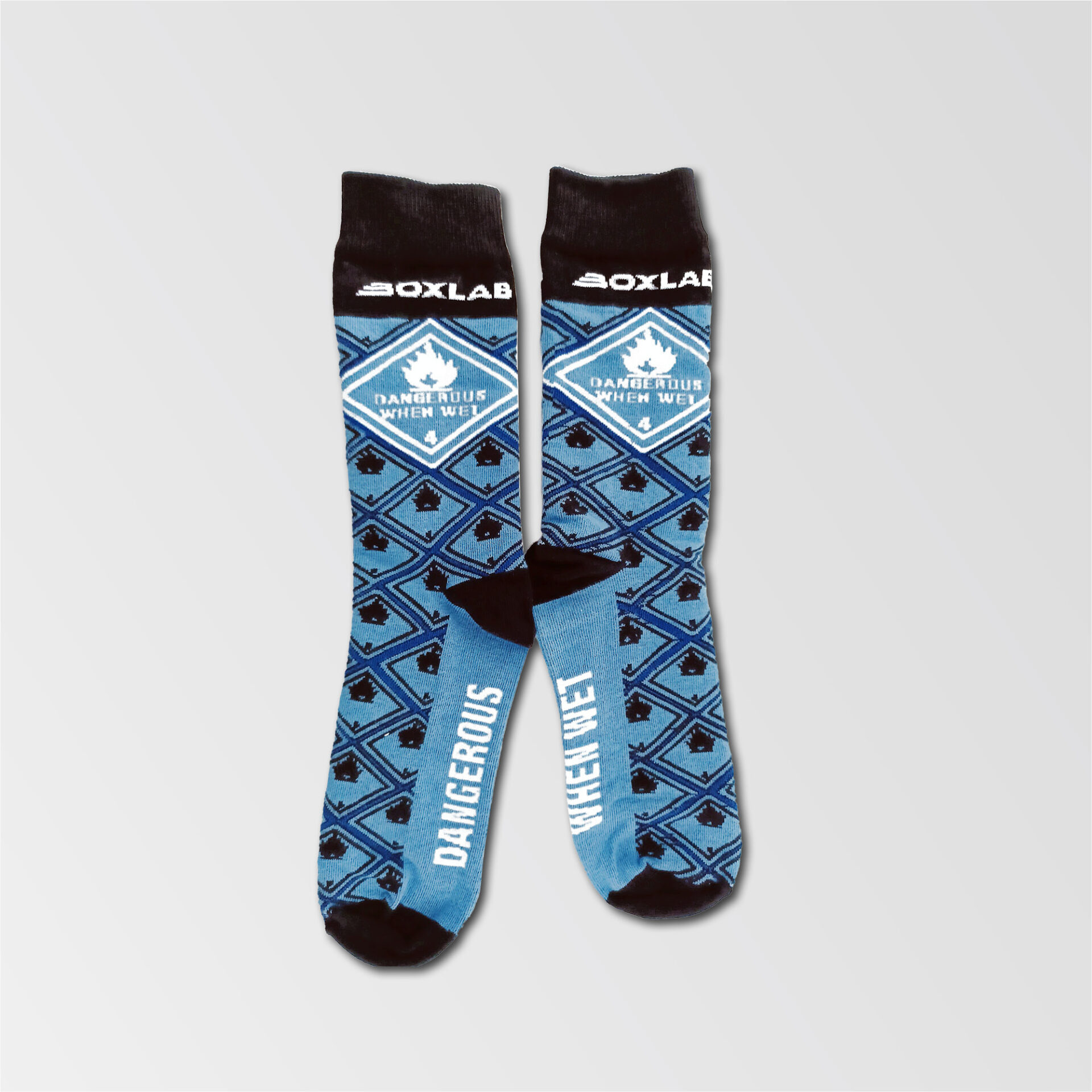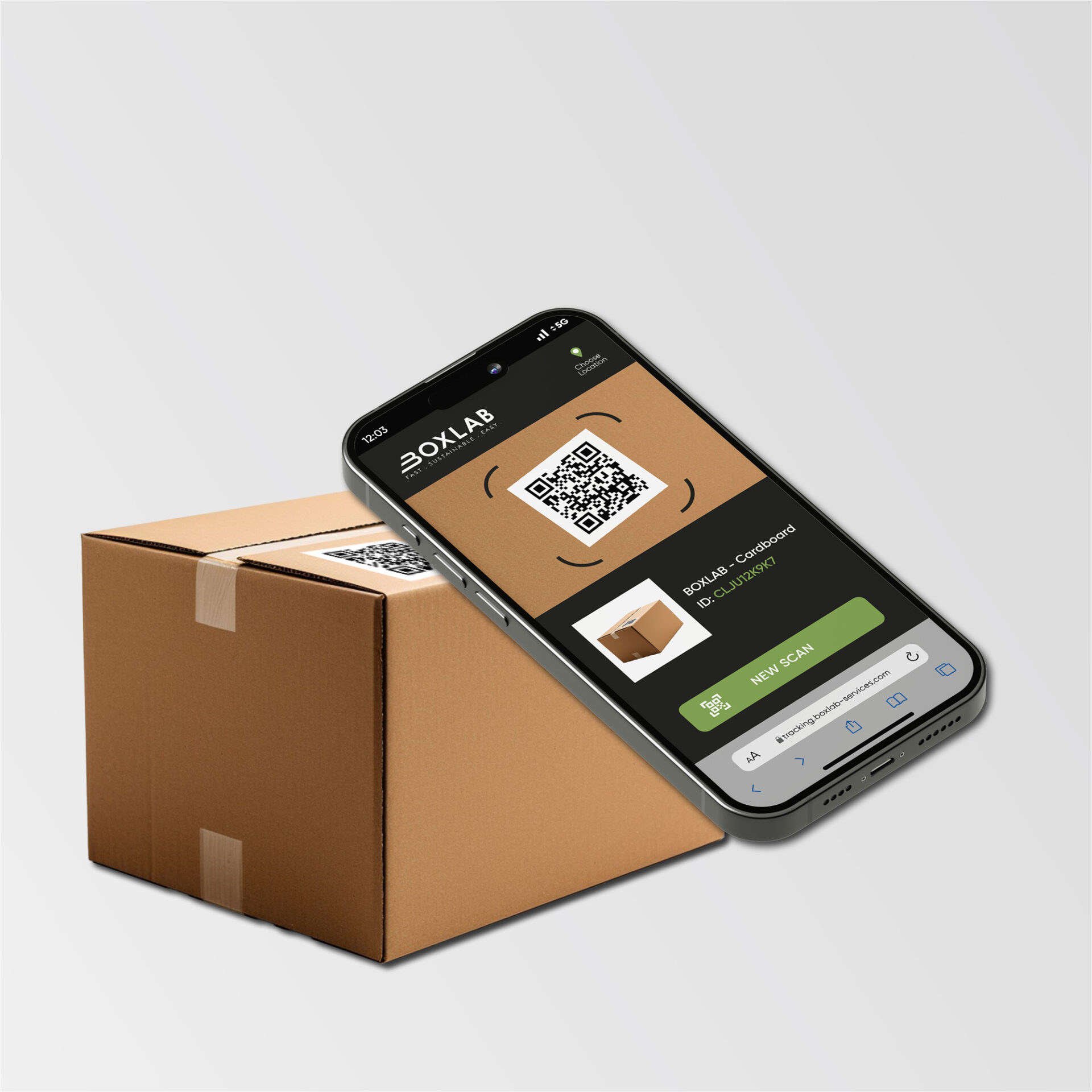Delegated Directive (EU) 2025/1801 has been in force since 2 November 2025 – one of the most important amendments to European dangerous goods legislation in recent years. It brings greater uniformity, clear responsibilities and stricter controls in the transport of dangerous goods. For companies that regularly transport or package dangerous goods, this topic is more relevant than ever.
What is behind the new directive?
Die EU-Kommission hat mit der Delegierten Richtlinie (EU) 2025/1801 die Anhänge der Richtlinie (EU) 2022/1999 an den aktuellen ADR-Stand angepasst. Ziel ist eine europaweit einheitliche Grundlage für die Kontrolle von Gefahrguttransporten auf der Straße.
Dazu wurden unter anderem eingeführt:aWith Delegated Directive (EU) 2025/1801, the EU Commission has adapted the annexes to Directive (EU) 2022/1999 to the current ADR status. The aim is to establish a uniform basis for the control of dangerous goods transport by road throughout Europe.
To this end, the following have been introduced, among other things:
- a uniform EU checklist for dangerous goods inspections,
- a new categorisation of infringements into three risk levels (categories I–III),
- and a clear distribution of responsibilities along the entire transport chain – from the consignor to the carrier to the consignee.
These changes ensure greater transparency, but also impose higher requirements for documentation and labelling.
Go to the comprehensive information page
- eine einheitliche EU-Checkliste für Gefahrgutkontrollen,
- eine neue Kategorisierung von Verstößen in drei Risikostufen (Kategorie I–III),
- sowie eine klare Verteilung der Verantwortlichkeiten entlang der gesamten Transportkette – vom Absender über den Beförderer bis hin zum Empfänger.
Diese Änderungen sorgen für mehr Transparenz, aber auch für höhere Anforderungen an Dokumentation und Kennzeichnung.
Focus on hazardous goods labelling
A key aspect of the new regulation concerns the labelling of dangerous goods. Incorrect or illegible labels will in future be classified as a medium risk (category II) – with corresponding consequences:
fines, inspection stops or even delivery delays are possible.
Companies should therefore ensure that all hazard labels, warning signs and UN numbers are ADR-compliant, weather-resistant and clearly legible.
Tip: Even minor discrepancies in hazardous goods labels can have major consequences. Regular checks and the use of certified materials pay off.
What does this mean in practice?
Delegated Directive (EU) 2025/1801 emphasises that compliance in the dangerous goods sector is not optional, but part of everyday responsibility.
Incorrect labelling or incomplete documentation can quickly lead to penalties – and will be punished more consistently across Europe under the new risk classification.
BOXLAB Services supports companies in reliably implementing the new requirements:
With tested hazardous goods labels, practical advice and a complete range of labelling solutions – from squeegees and scrapers to spray adhesives and label removers for stubborn residues.
More on this in the Expertise section
All details, practical examples and background information on the new Delegated Directive (EU) 2025/1801 can now be found in a compact and practical format on our new specialist knowledge page:
Delegated Directive (EU) 2025/1801 at a glance
Here we explain in detail what is changing, which violations will fall into which category in future – and how you can prepare your company for the new requirements in good time.







